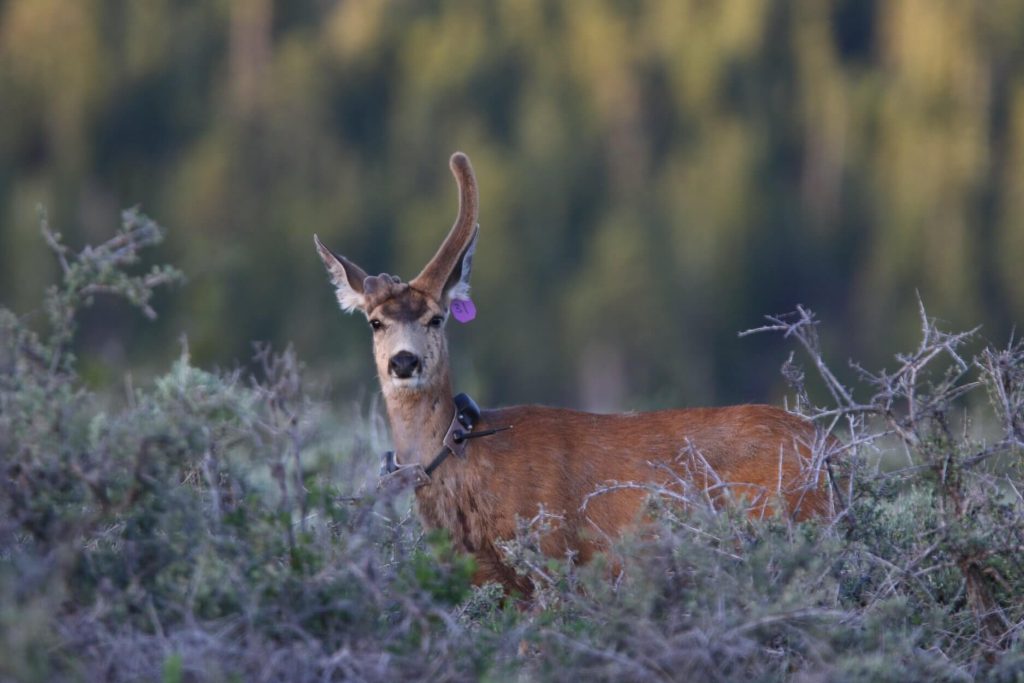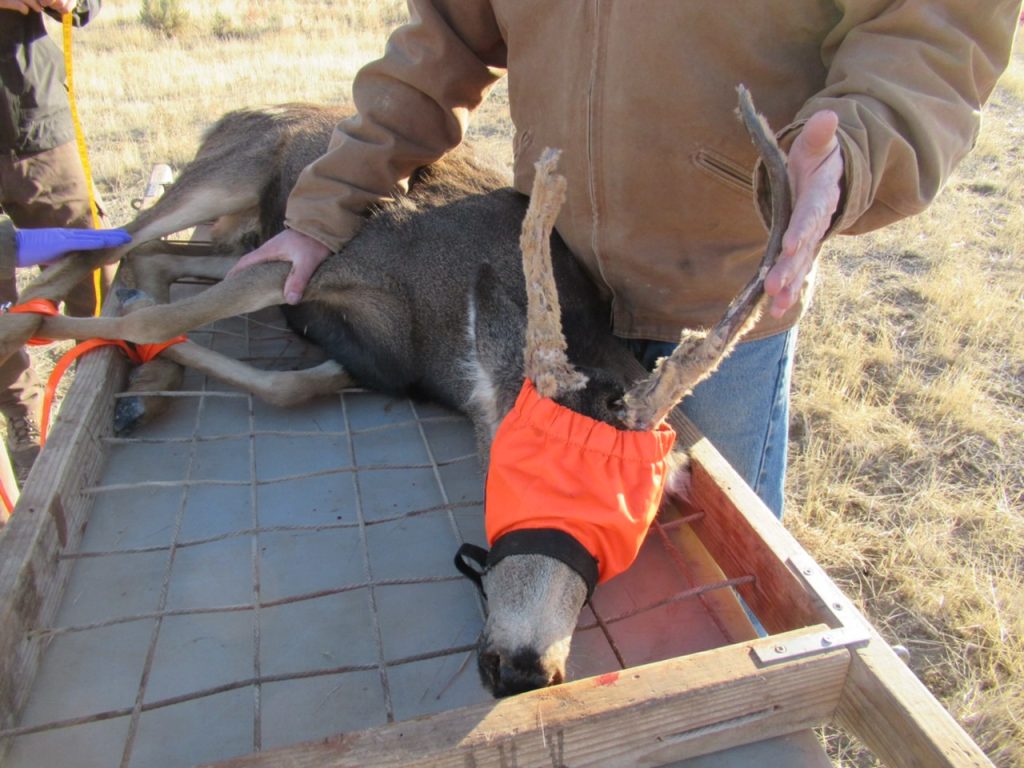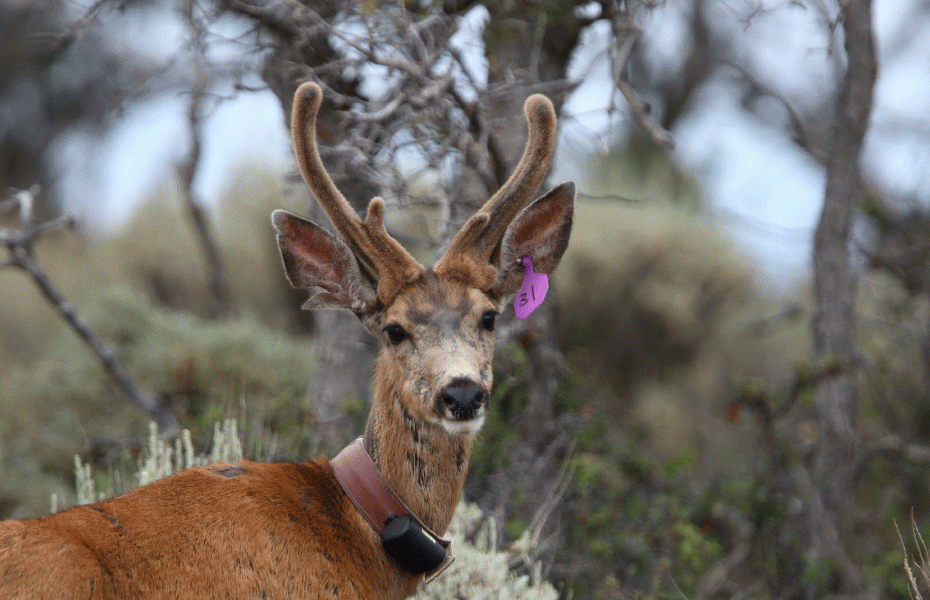
A doe in southwest Utah is enjoying an unusually long lifespan due to a rare condition that causes her to grow and shed antlers like her male counterparts.
The doe lives in premium hunting territory known as the Paunsaugunt unit, but her antlers aren’t big enough to attract the attention of buck hunters hoping to tag a monster, and doe hunters likely misidentify her as a buck.
“There’s more bucks on that unit [where she lives], and that kind of allows hunters to be a little bit more selective with what deer they are harvesting, and so a deer with antlers that size wouldn’t even be close — like even in the realm — of what a hunter with a tag for that unit is looking for,” Phil Tuttle, outreach manager with the Utah Division of Wildlife Resources (DWR), told the Salt Lake Tribune.
So, he said, “The chances of that deer being harvested ever are really, really low.”
The DWR first learned of the doe when researchers netted her to track deer migration patterns. Biologists believe she has a condition that caused her reproductive organs to develop differently and created unusually high levels of testosterone.


The deer garnered attention on social media when the DWR posted images of the strange doe on its Facebook page. Along with jokes about which bathroom the deer uses, some commenters wondered whether the deer had ever reproduced and worried such a doe might contaminate the gene pool.
Tuttle told the Tribune that it was unclear whether the deer had ever reproduced, but Morgan Hinton, an intern at the DWR, wrote on Facebook that the doe showed zero sign of lactation at the time of capture, which means she had “probably never had a fawn.”
Other commenters wondered whether they would get in trouble for shooting an antlered doe. Tuttle said buck hunters wouldn’t have to worry since the deer does have antlers.
SEE ALSO: Marksmanship Training For Hunting Season
The DWR does say, however, that hunters should try not to shoot deer with tracking collars.
“Because capturing and collaring deer is an expensive and time-consuming process, we ask that hunters avoid harvesting them,” the Utah DWR wrote on Facebook. “If a hunter does harvest a collared animal, we ask that they remove the collar without cutting it, pull the front two incisors (for aging purposes) and contact their local Division office for instructions on how to return the collar.”
Tuttle told the Tribune that the DWR doesn’t have any plans to study the doe, but he didn’t rule out future research, either.
